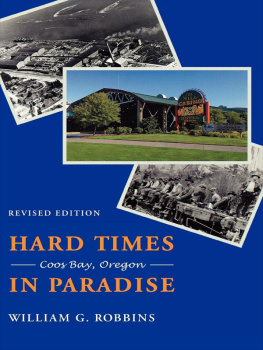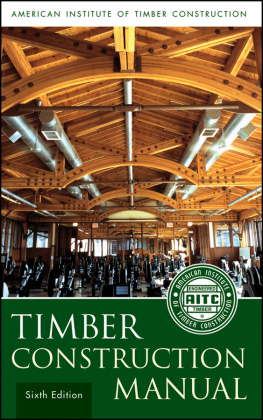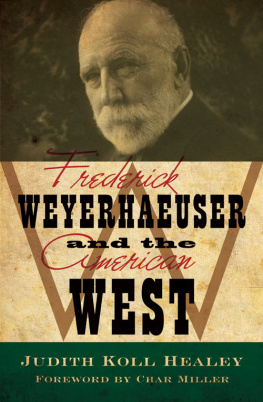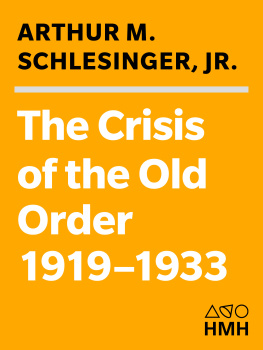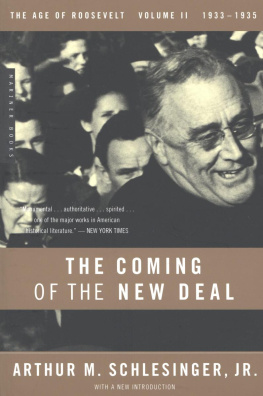Charles E. Twining - Phil Weyerhaeuser: Lumberman
Here you can read online Charles E. Twining - Phil Weyerhaeuser: Lumberman full text of the book (entire story) in english for free. Download pdf and epub, get meaning, cover and reviews about this ebook. City: Seattle, year: 2017, publisher: University of Washington Press, genre: Home and family. Description of the work, (preface) as well as reviews are available. Best literature library LitArk.com created for fans of good reading and offers a wide selection of genres:
Romance novel
Science fiction
Adventure
Detective
Science
History
Home and family
Prose
Art
Politics
Computer
Non-fiction
Religion
Business
Children
Humor
Choose a favorite category and find really read worthwhile books. Enjoy immersion in the world of imagination, feel the emotions of the characters or learn something new for yourself, make an fascinating discovery.

- Book:Phil Weyerhaeuser: Lumberman
- Author:
- Publisher:University of Washington Press
- Genre:
- Year:2017
- City:Seattle
- Rating:5 / 5
- Favourites:Add to favourites
- Your mark:
Phil Weyerhaeuser: Lumberman: summary, description and annotation
We offer to read an annotation, description, summary or preface (depends on what the author of the book "Phil Weyerhaeuser: Lumberman" wrote himself). If you haven't found the necessary information about the book — write in the comments, we will try to find it.
This is a rich and many-faceted personal and business biography of the main figure in the third generation of Weyerhaeusers, who led the Weyerhaeuser Timber Company through the difficult and decisive years from 1933 to 1956.
Although Phil Weyerhaeuser preferred to pass over the importance of his role, he was an industry leader and as such could not escape a large public duty. The years in which he served, from the 1920s tin the Inland Empire, and from 1933 to 1956 with the Weyerhaeuser Timber Company west of the Cascades, were years of great demands and change. Within his tenure the country experience the Great Depression and World War II, the reluctant acceptance by business of New Deal and Fair Deal legislation and bureaucratic requirements, and the adjustments occasioned by the managerial revolution. In the case of the Timber Company, the period witnessed its transition from what had been primarily a dealer in timberlands to an integrated manufacturer of forest products, from a liquidator of forest resources to a managers of tree farms designed to be perpetual in their providence.
Phil oversaw his responsibilities to good purpose. His quiet style is of interest and so too are the effects of just being a Weyerhaeuser. The latter, of course, had much to do with his opportunities and also influenced the manner in which he conducted himself. But it was not without its liabilities, and the family relationships are an important element in the story. The most significant feature, however, has to do with the study of a period and a place and an industry through the experiences of a very special organization and its leadership. The study brings people and events into clearer focus and gives them added meaning. This is of particular importance in an industry so given to stereotyping and disapprobation.
This well-written account reveals in detail the operation of a huge family enterprise, government-industry relations at a key time in United States history, labor relations, and efforts to expand and continually revitalize a large companydependent on natural resourcesover a period of half a century. Central to these efforts was Phils conviction that the best way for a forest products company to operate was to own its own timberlands. he saw such holdings as necessary if the company was to engage in sustained-yield management.
This biography draws extensively on primary sourcescorrespondence, family records, memoranda, and numerous interviews. It will be of interest to historians of the Pacific Northwest and the forest products industry, students of business history, and all readers interested in the development of a major American company.
Charles E. Twining: author's other books
Who wrote Phil Weyerhaeuser: Lumberman? Find out the surname, the name of the author of the book and a list of all author's works by series.

